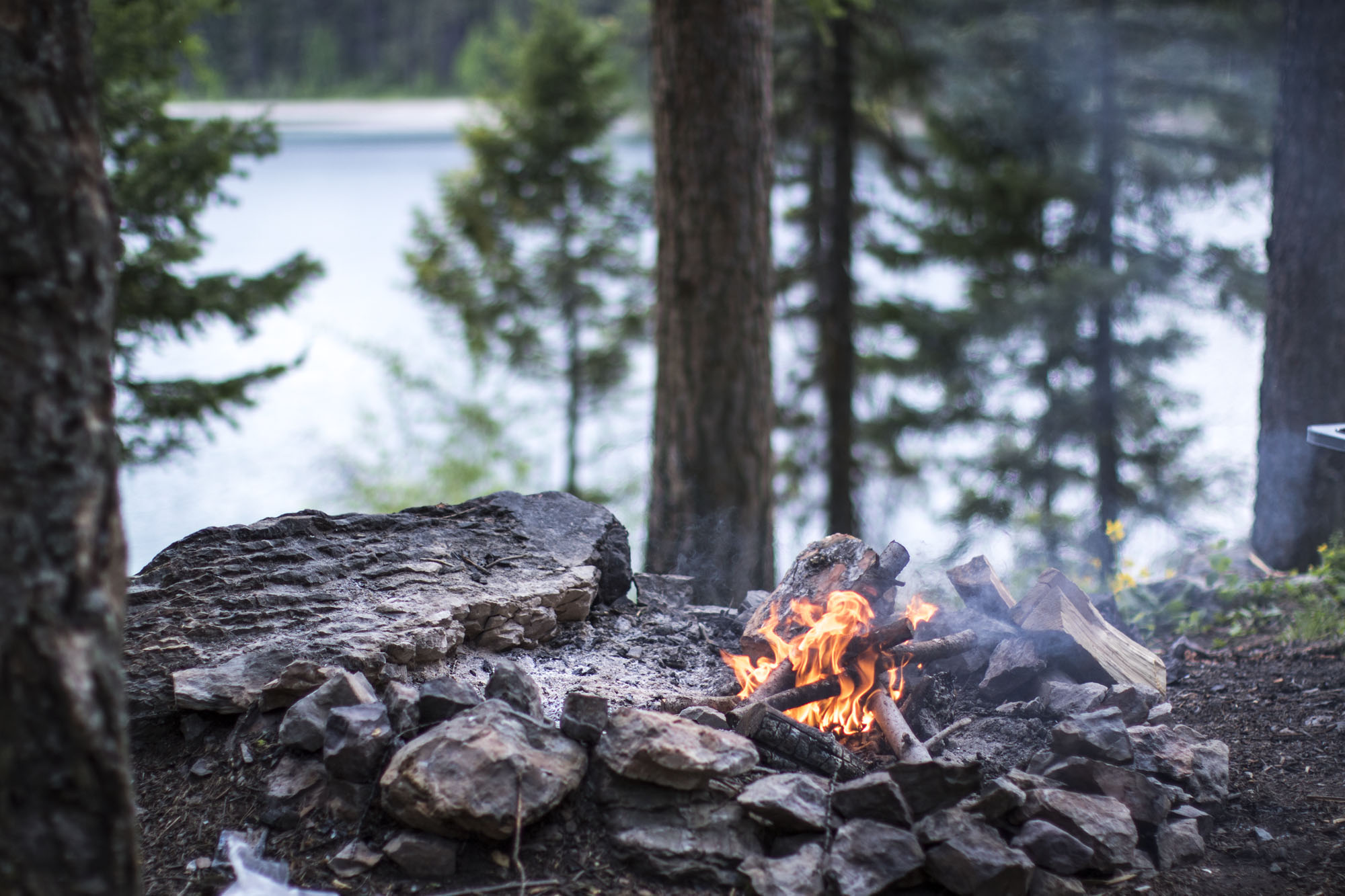The practice of camping has a lot of traditions. Building a campfire, roasting hot dogs on sticks, skipping rocks across the lake, and watching the stars move across the sky from your sleeping bag are some of the classic camping trip activities enjoyed by both young and old. But is a camping trip really a camping trip without a scary story by the campfire?
If you’ve spent a lot of time around campsites, you’ve likely heard some good (and bad) scary stories. There’s a lot of pressure on the scary story teller to do it just right. As self-proclaimed scary story aficionados, here’s our recipe for the perfect scary story (and by perfect we mean terrifying).
Environment
The environment in which you tell your story is almost as important as the content of your story. Make sure your audience has already eaten dinner and enjoyed a drink or two so they’re nice and relaxed. You may even want to wait until after the s’mores making has died down (usually marked by people just eating the marshmallows out of the bag) to keep the distractions to a minimum. Darkness is preferred, but dusk is a great time to start - ending your scary story in the darkness without your audience realizing how dark it got outside is as cinematic as it gets. Finally, the most important ingredient is the campfire (or at least a giant flashlight to shine on your face). Prepare your slow, dramatic voice: you’re now ready for story time.
The Beginning
Start your story by setting the scene: the more personal, the better. Perhaps the victim was someone you know - a distant cousin or college friend. Perhaps the story was relayed to you by the campsite manager earlier that day. Anything is scarier when it’s closer to home and could happen to you. Set your tale close to camp as well: “It all happened on a quiet night, just like tonight, in this very neck of the woods…” Make it as visual as possible - point out landmarks around the campsite where events happened or say a character looked just like someone in your group. Once you’ve built the complete picture, you’re ready to jump into the frightening depths of the story.
The Middle
While the beginning and end of a story get the most attention, the juicy meat is in the middle. This is your opportunity to get creative and lay out your plot like a Lifetime movie. Drag it out a little - not to the point of being boring, but try to lull your audience into a false sense of security. Go into detail about the time period, give your characters some extensive backstory, toss in some humor. Then, when they least expect it, when they’ve forgotten why you’re telling a story in the first place - drop the scary stuff. Don’t forget, sound effects and props are your friend. Pick up a branch and swing it like the monster in your story, sound out what those terrifying footsteps in the dark sounded like to the victims that day. Keep your voice calm until the climax and then BAM - jolt your poor audience members with a loud sound effect or scream. Wide eyes, flinches, gasps, or mild swearing are all good signs.
The End
Once it’s dark and the scariest part has past, it’s time to wrap it up. Keeping things vague is the key: a slain monster or recapturing of the escaped convict gives your audience too much closure. Leave your listeners on edge before they crawl into their sleeping bags in the dark with a line like, “And he disappeared into these woods, never to be seen again…” Bonus points for getting a buddy to hide in the bushes behind your audience during the story just to scream or jump out after your last line.
Remember, a well-told scary story is an important part of the camping experience. Legend has it there’s nothing Bigfoot hates more than a poorly told scary story - he’s known to drag story tellers that don’t follow our tips into the woods where they can’t ever be found. So, no pressure. Now get out there and scare some campers!


Leave A Comment